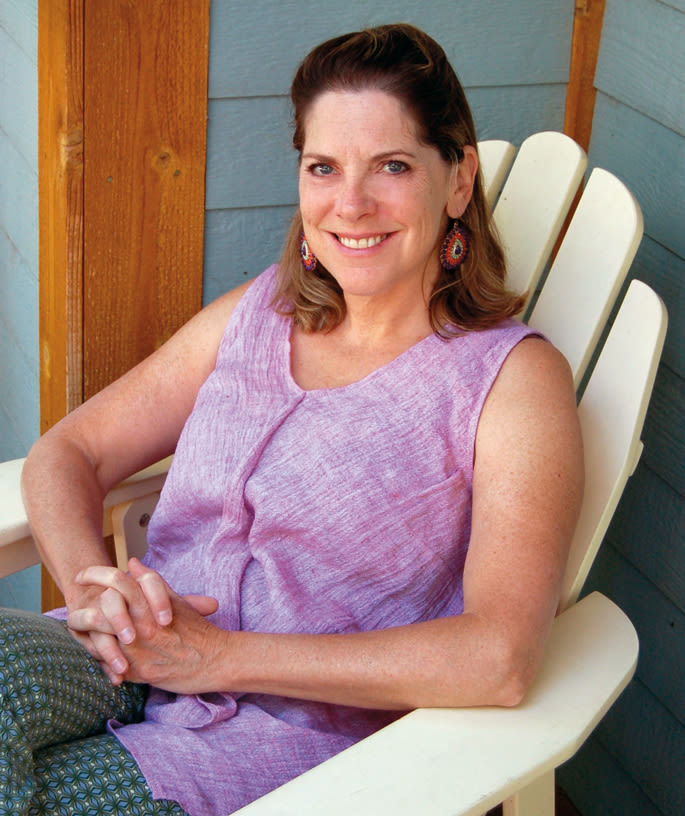Our Editor-in-Chief Looks at a Little-Discussed Aspect of Aspen’s Workers

Image: Todd Hartley
It’s what some consider the dirty little secret of many resort towns, and Aspen is no exception: We require a large labor force of people willing to do things like change the sheets at the five-star hotels, prep ingredients in hectic restaurant kitchens, hammer the nails for mega-mansions, and plant dozens of shrubs in vast landscaping projects. For various reasons, many of these jobs have long been filled by immigrants, the majority of them Latino. And when it comes to hiring undocumented immigrants, all too often, a don’t ask, don’t tell approach prevails.
Frequent Aspen Sojourner writer Ali Margo and Aspen Journalism Executive Director and Editor Brent Gardner-Smith approached me this spring about collaborating on a feature about this largely unacknowledged local workforce. “There is a huge story here about a significant population of people who live among us who we don’t really see and who are suffering,” wrote Ali in an email. “Yet they are the ones who buoy the economy and allow the town to function.”
Putting together the piece required Ali to be particularly resourceful. First there was the hurdle of finding people—both employers and employees—willing to talk for a story. Ali hit plenty of dead ends along the way before finding a young woman who has spent most of her life in the Roaring Fork Valley but, because she’s been unable to obtain DACA status, continually fears being deported. Ali also tracked down several employers who agreed to share their procedures and views, though a couple of them asked to remain anonymous.
Another challenge: keeping up to date on developments in immigration policies that seemingly changed daily. After immersing herself in background and policy by talking to immigration lawyers, academics who study the issues, and other researchers, Ali’s emails to Brent and me started to sound like political briefings, with a little bit of op-ed thrown in. “The system is highly complex and paralyzed under an administration that has chosen to politicize (and even propagandize) it and a Congress that is more interested in politics than it is in humanity,” she wrote in one.
An important consideration while we developed the piece (which you can read on page 96) was to not paint all immigrants, and children of immigrants, with the same brush. As Ali put it, “The last thing I want to do is lead people to believe that every Latino is undocumented—many are not, and many have successful businesses and are thriving in this valley.” To that end, she profiled the Limelight Hotel’s head of housekeeping, who successfully navigated her way through the process of becoming a citizen. As for how many undocumented immigrants live throughout the Roaring Fork Valley, it proved impossible to come up with a number, as they lack, well, documentation.
Many people like to accuse Aspen of being a bubble. In some cases, that’s true. But when it comes to the current challenges faced by immigrants—from fear and the need to keep a low profile to being the target of prejudice—we’re hardly sealed off from the rest of the country. In fact, given how much this town’s economy relies on hard workers who are paid relatively little, we’re not just out of the bubble but on the front lines.













































